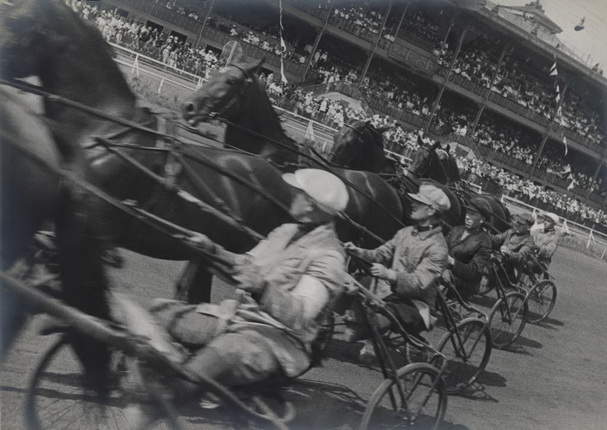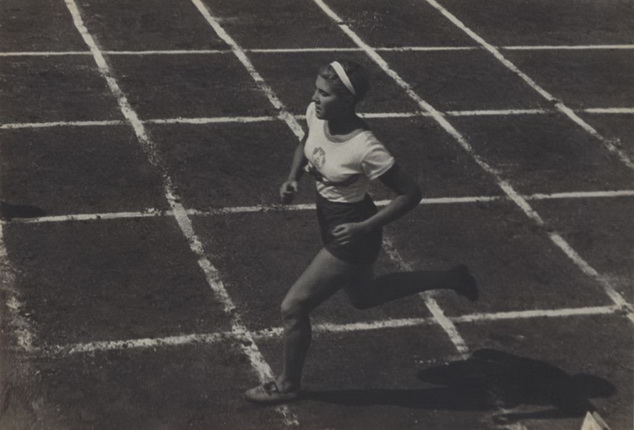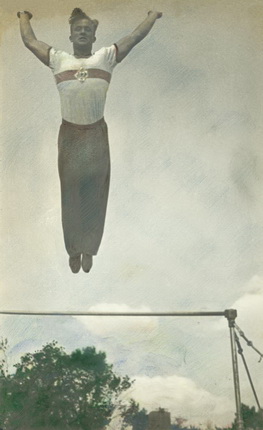Russian Avant-gardes and sport



Alexander Rodchenko. Horse Racing. Race Track. 1935. Vintage Print. Collection Multimedia Art Museum, Moscow
Alexander Rodchenko. Racing. “Dynamo” Stadium. 1936. Vintage Print. Collection Multimedia Art Museum, Moscow
Alexander Rodchenko. Jumping from a Horizontal Bar. 1936. Vintage Print, color pencil, gouache. Collection Multimedia Art Museum, Moscow
Lausanne, 24.01.2014—11.05.2014
exhibition is over
The Olympic Museum
Quai d'Ouchy 1, 1001 Lausanne, Switzerland
www.olympic.org
Share with friends
For the press
The exhibition explores sport in the Soviet Union in the 1920s and 1930s through the works of the artistic avant-garde, especially in the fields of photography, cinema and graphic design.
Why were artists such as Alexander Rodchenko and Vavara Stepanova interested in physical education and sport in the 20s and 30s? At that time, the USSR, had just been through its revolution and was concerned about physical education, both from the point of view of the population’s good physical and mental health, strength and endurance, and also in terms of collective ambition. The USSR wanted to revolutionise «everyday life» and help to usher the country into the modern world. The exhibition sets out to demonstrate how the avant-garde artists were drawn in to the initiative and actively participated in the development of the campaign, playing a key role in helping the nation to celebrate sport and physical good health.
Most of the works on display are archive documents such as photos, posters, books and extracts from films, many loaned from Russian and European institutions and rarely displayed. The exhibition highlights the work of Russian artists/photographers such as Alexander Rodchenko, Nikolai Kubeev and Krassinski and especially the photos they took during the 1928 Moscow Spartakiad, along with Gustav Klucis and his famous photomontages. The most noted figures among the European photographers include Pierre Boucher, Liselotte Grschebina, Gerhard Riebicke, Lothar Rübelt and Lazlo Moholy-Nagy. The exhibition is curated by François Albera, Professor of the History and Aesthetics of the Cinema at the University of Lausanne.
The Olympic Museum, a celebration of sport and culture, was the brainchild of Juan Antonio Samaranch, whose aim was to spread the Olympic spirit and values. The Museum will re-open its doors to the public on 21 December 2013, after 23 months of works. The new, entirely redesigned museum will incorporate the latest technological innovations and a new thematic approach. The exhibition area has almost doubled (3,000 m2), and the three levels of the permanent exhibition will each take a fresh look at an essential dimension of the modern Olympic movement. The grounds have been redeveloped to become an ‘outdoor museum’, with some areas dedicated to works of art and others to sporting activities.



